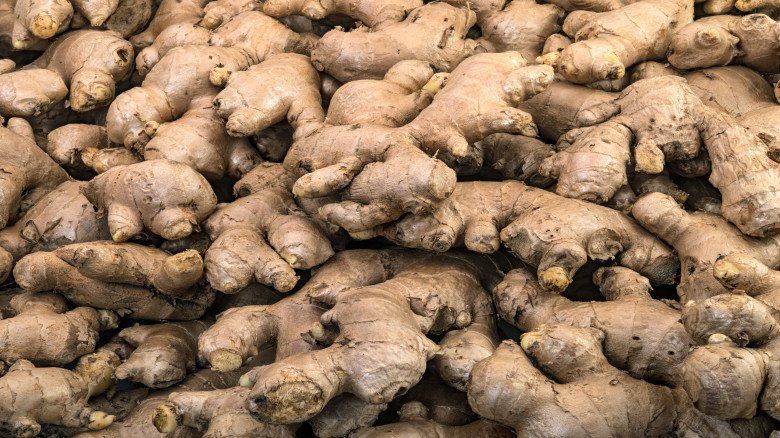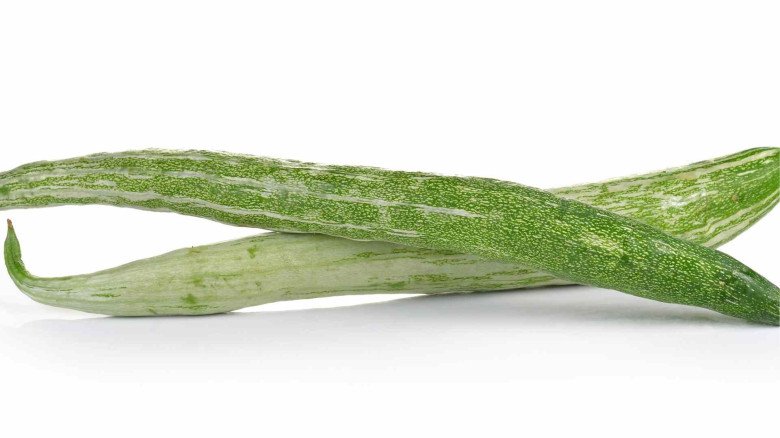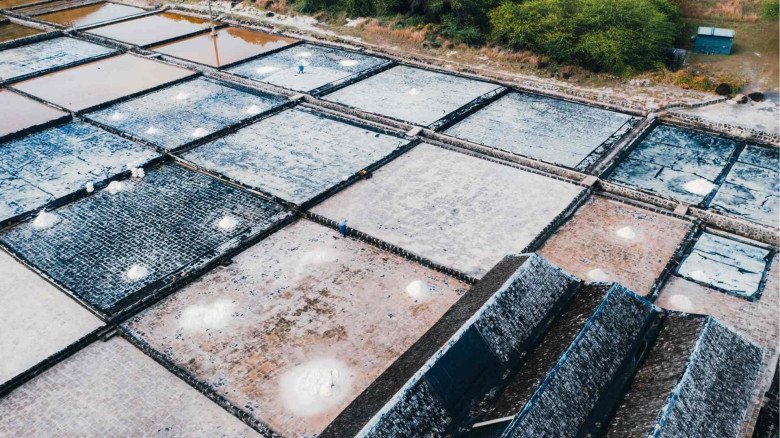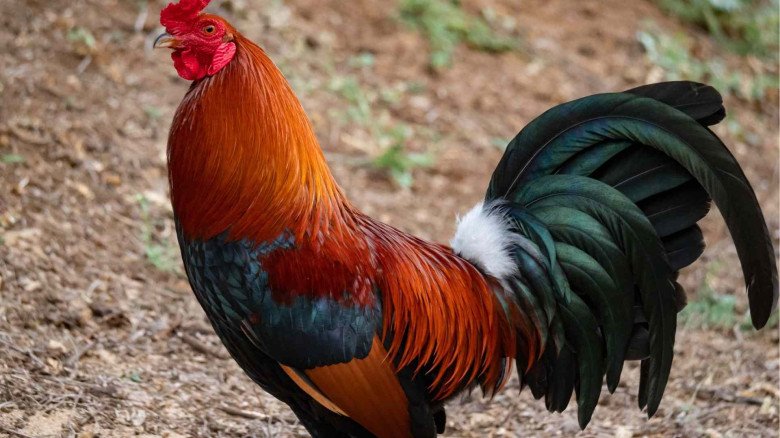The Hard Work Behind the Art of Bamboo Product Making
There's an interesting place in the world of crafting where sustainability and creativity collide. It's the field of bamboo product manufacturing, where talented craftspeople craft beautiful objects out of this adaptable and environmentally beneficial material. These things are beautiful because of the commitment, creativity, and labour of skilled artisans. We'll dig into the complex world of bamboo making in this blog, examining the steps involved, the difficulties encountered, and the perseverance of individuals who create these marvels.
Bamboo's Allure
Bamboo is a natural wonder, not simply a plant. It is robust, adaptable, and one of the fastest-growing plants on the planet. It is a perfect material for making a variety of things, including furniture and home design, because of its inherent beauty and adaptability.
Processing and Readying Bamboo
Mature bamboo poles are carefully chosen by artisans in bamboo groves to start the journey of a bamboo product. In order to stop mould and pest infestation, these poles are then chopped, cleaned, and let to dry in the sun. Depending on the intended use, the bamboo is divided into thin slats or strips after it has dried.
The Craft of Weaving and Forming
Weaving is one of the trickiest parts of creating anything from bamboo. These thin strips are used by expert artisans to form complex structures and designs for furniture, baskets, and mats. Precision, endurance, and a thorough understanding of bamboo's characteristics are necessary for the weaving process.
Design and Final Details
In addition to using customary patterns that have been handed down through the years, creativity is also a factor for craftsmen. A creative vision and meticulous attention to detail are necessary for designing and completing items, since they may transform an ordinary object into a masterpiece. This might entail adding natural oils, painting, or lacquering to bring out the inherent beauty and robustness of the bamboo.
The Labor-Intensive Process of Bamboo Craftsmanship
Cutting and splitting of bamboo
Processing bamboo first requires a lot of hard labour. It takes strength and ability to split and precisely cut bamboo into thin strips or slats. Because bamboo is so hardy and durable, working with it may be difficult and physically taxing.
Maintaining Calm While Weaving
It takes effort and focus to weave complex structures and patterns out of bamboo strips. Each piece is painstakingly woven by artisans over the course of hours, sometimes even days, to guarantee that the required standards of quality and design are reached.
Environmental Difficulties
In order to protect bamboo forests and ecosystems, sustainable bamboo farming and harvesting practices are required. Furthermore, because wet seasons can impede production, bamboo drying artists frequently encounter weather-related difficulties.
The Commitment of the Artist
Despite the difficulties, bamboo craftspeople are incredibly proud of what they do. They uphold customs that have been handed down through the ages and represent a profound regard for the natural world and its resources. Their commitment supports sustainable practices and the preservation of bamboo forests in addition to sustaining their means of subsistence.
Making products out of bamboo is a beautiful fusion of artistry, skill, and sustainability. Every bamboo item, be it a sophisticated piece of furniture or a skillfully woven basket, is the result of the laborious efforts, commitment, and talent of craftsmen. The persistent spirit of people who turn ordinary bamboo into works of art is demonstrated by their dedication to protecting the environment, creating exquisite and useful products, and passing along their history. When you see a bamboo product for the first time, remember the labour of love and skill that went into creating these beauties that improve both our world and our lives.
-logo.webp.png)
.jpg)
-logo.webp.png)


































Leave A Comment